New Exhibition Examines Cultural Exchange Between American Artists and Venetian Glassmakers During the Late 19th Century
- October 06, 2021 13:33
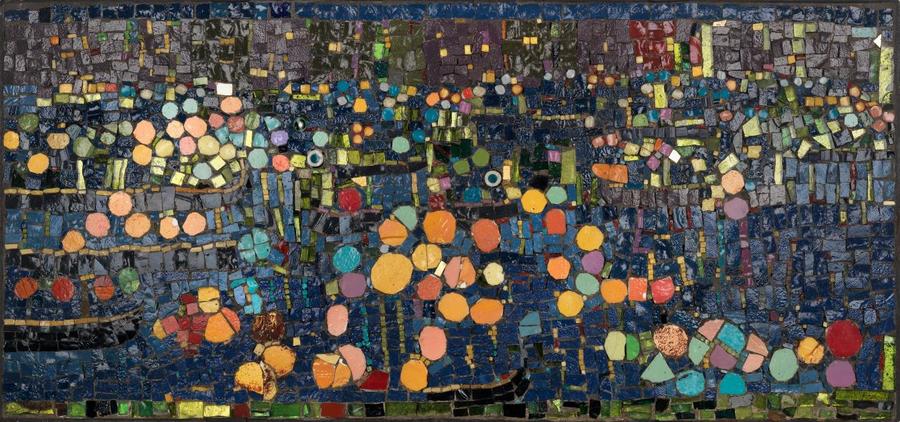

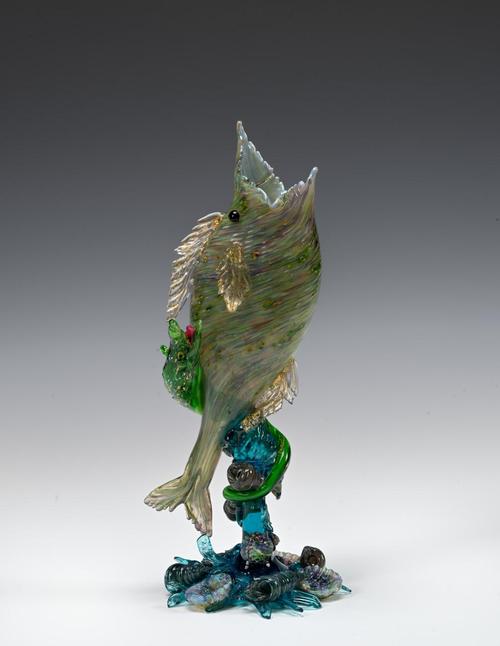
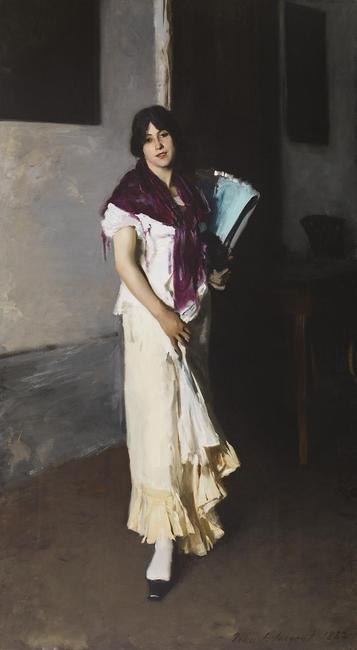
The exhibition “Sargent, Whistler, and Venetian Glass: American Artists and the Magic of Murano” brings to life the Venetian glass revival of the late 19th century and the artistic experimentation the city inspired for visiting artists. It is the first comprehensive examination of American tourism, artmaking and art collecting in Venice, revealing the glass furnaces and their new creative boom as a vibrant facet of the city’s allure.
“Sargent, Whistler, and Venetian Glass: American Artists and the Magic of Murano” is on view at the Smithsonian American Art Museum from Oct. 8 through May 8, 2022. The exhibition is organized by Crawford Alexander Mann III, curator of prints and drawings at the Smithsonian American Art Museum.
“Venice—a city of water, light and beauty—has long captivated American artists and collectors who have been inspired by the creative talents of Venetians in glassmaking to lacework,” said Stephanie Stebich, the Margaret and Terry Stent Director at the Smithsonian American Art Museum. “With this exhibition, ‘Sargent, Whistler and Venetian Glass: American Artists and the Magic of Murano,’ the Smithsonian American Art Museum continues its strong commitment to exploring American art with global connections. We are proud to foster conversations about influences on American art and life.”
Between 1860 and 1915, the renowned glassmaking industry on the Venetian island of Murano experienced intense growth. This Venetian glass revival coincided with a surge in Venice’s popularity as a destination for American tourists, many of whom visited the glass furnaces and eagerly collected ornate handblown goblets decorated with floral and animal motifs. As its fame and quality grew, Venetian glass became more than a travel souvenir; patrons saw these as museum-quality works of fine art. Collector interest led to frequent depictions of Italian glassmakers and glass objects by prominent American artists of that era, including John Singer Sargent and James McNeill Whistler. During the same time, Venice’s other decorative arts industries, most notably mosaics, lace and jewelry, saw a resurgence, in part through American patronage.
Despite its prestige, shifts in tastes have shrouded the allure of Venetian glassware. This exhibition displays individual works of glass with long histories in American hands—objects that crossed the Atlantic more than a century ago—in conversation with paintings, watercolors and prints by American artists who found inspiration in Venice.
“Thanks to years of research, we present an accurate reconstruction of the tastes of these travelers using masterpieces of glassware and fine art that they purchased more than a century ago,” Mann said. “This juxtaposition reveals the impact of Italian glass on American art, literature, design theory and science education, as well as ideas at the time about gender, labor and class relations.”
The exhibition brings together more than 140 artworks, and features, in addition to rare etchings by Whistler and major oil paintings by Sargent, work by Robert Frederick Blum, William Merritt Chase, Charles Caryl Coleman, Louise Cox, Frank Duveneck, Ellen Day Hale, Thomas Moran, Maxfield Parrish, Maurice Prendergast and Julius LeBlanc Stewart. More than a quarter of the objects in the groundbreaking exhibition are from the Smithsonian American Art Museum’s collection, joining loans from more than 45 prestigious museums—such as the Metropolitan Museum of Art and the Art Institute of Chicago—and from private collections. Paintings and prints intermingle among rarely seen Venetian glass mosaic portraits and glass cups, vases and urns by the leading glassmakers of Murano, including members of the legendary Seguso and Barovier families. Several artworks were conserved specifically for inclusion in the exhibition, including a stunning Byzantine revival gold and glass mosaic necklace.
“Sargent, Whistler and Venetian Glass: American Artists and the Magic of Murano” gives fresh attention to women artists who were often sidelined in the history of the period, such as Mabel Pugh. The exhibition includes two linoleum block prints by Pugh that were recently acquired by the museum. As both makers and collectors, women were at the forefront of reviving and sustaining Venice’s glass, bead and lace industries. American patrons like Isabella Stewart Gardner and Jane Stanford brought back to the United States art and luxury souvenirs from Italy, and their admiration for Venice and Murano glass is evident in the respective museums they founded.
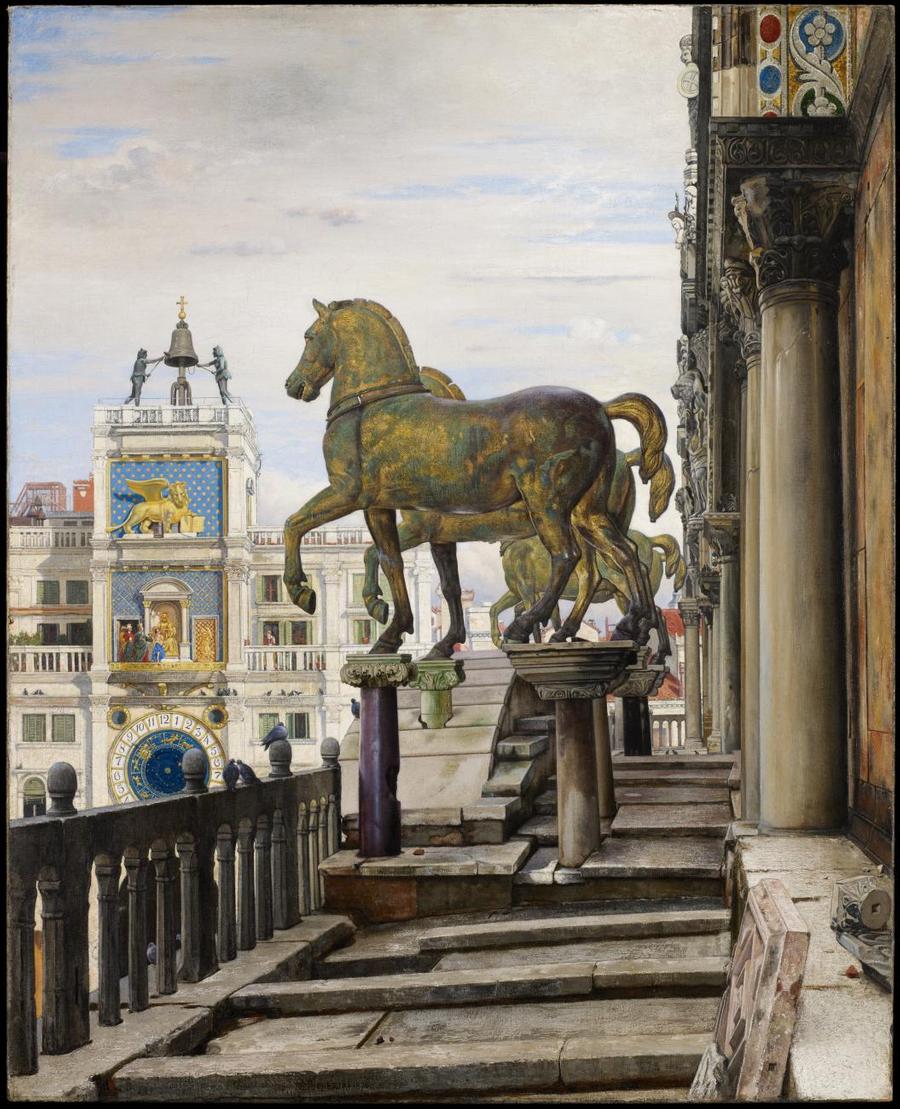

“Venice’s famed glass industry has long contributed to its historical richness and to its reputation for cutting-edge contemporary art, together with the Venice Biennale art fair,” Mann said. “To this day Americans are dazzled by this face-off between past and present. It is a testament to the production and skillset of Venetian artisans and the bustling city’s self-made image that Americans are still seduced by this island metropolis, following in the footsteps of Sargent and Whistler to enjoy its beauty and creative energy.”
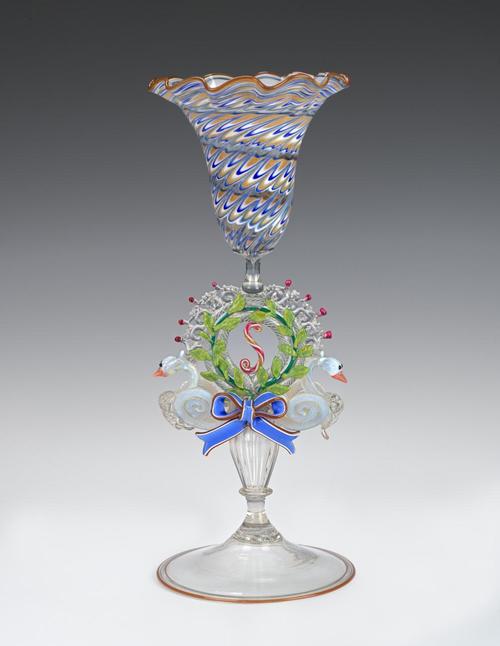
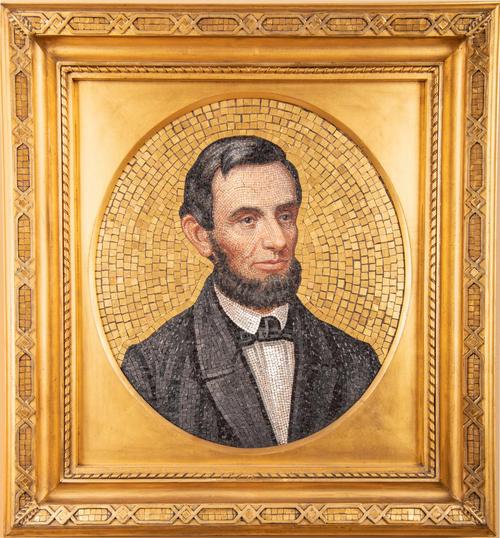
The gorgeously illustrated catalog provides the first survey of the American grand tour to Venice combining fine and decorative arts. Co-published by the Smithsonian American Art Museum in association with Princeton University Press, it is available for purchase ($65) in the museum store and online.
After closing in Washington, D.C., “Sargent, Whistler and Venetian Glass: American Artists and the Magic of Murano” will travel to the Amon Carter Museum of American Art in Fort Worth, Texas.
The related exhibition “New Glass Now” is on view at the Renwick Gallery, the Smithsonian American Art Museum’s branch for contemporary craft, from Oct. 22 to March 6, 2022. It offers a global survey that highlights the innovation shown by a new generation of glassmakers. The exhibition, organized by The Corning Museum of Glass, features a range of objects, installations, videos and performances by 50 artists working in more than 23 countries. Their work challenges the very notion of what the material of glass is and what it can do.




















